Mythology Myth Magic & Mountain Mysteries: Himalayas
Blogs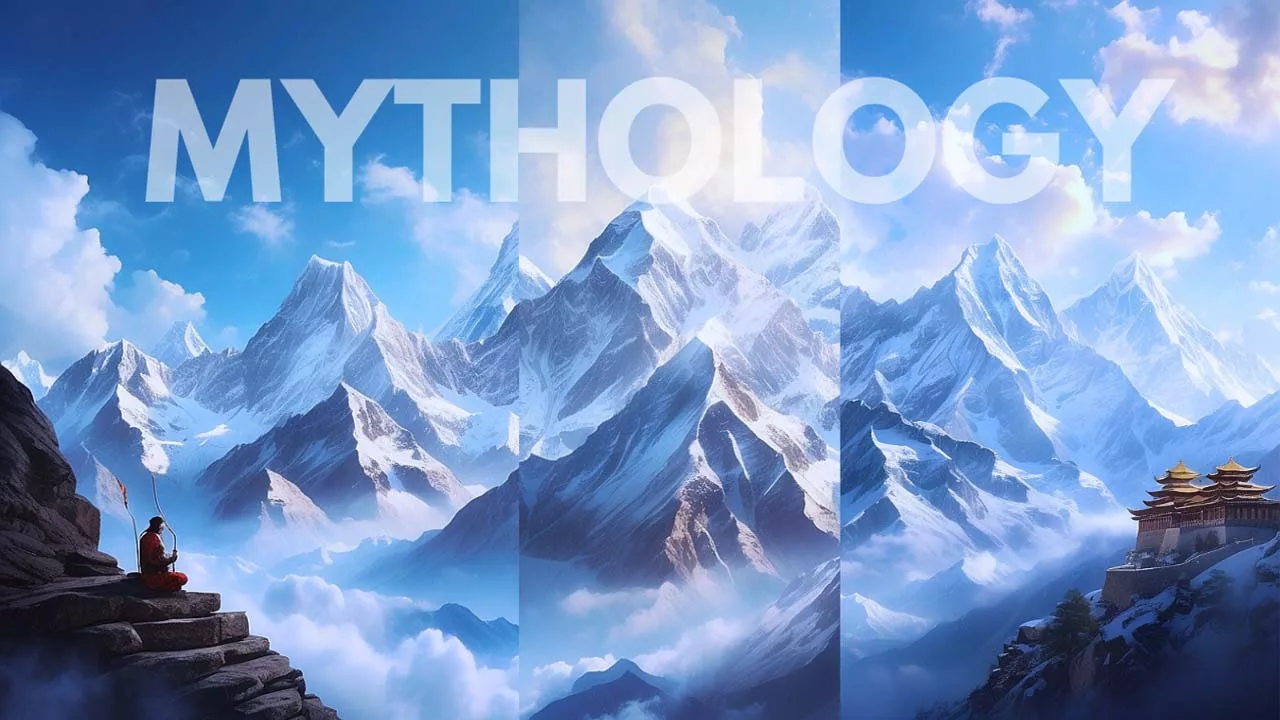
Introduction:
Welcome to the mystical realm of the Himalayas, where towering peaks pierce the heavens and whispers of ancient tales dance upon the wind. In this article, we embark on a journey into the heart of mountain magic, delving into the rich tapestry of mythology and folklore that shrouds these majestic peaks.
Imagine standing amidst the rugged beauty of the Himalayan landscape, surrounded by peaks that seem to touch the very sky. Here, every rock, every valley, and every snow-capped summit holds a story—a tale passed down through generations, woven into the fabric of local culture and beliefs.
Join us as we unravel the mysteries of the Himalayas, exploring the legends that have captivated the imaginations of mountaineers, trekkers, and adventurers for centuries. From gods and goddesses to mythical creatures and sacred rituals, prepare to be enchanted by the magic that lies hidden within these ancient mountains.
Gods and Deities of the Peaks
In the cradle of the Himalayas, mythology intertwines with the very essence of the mountains, where gods and goddesses reign supreme.
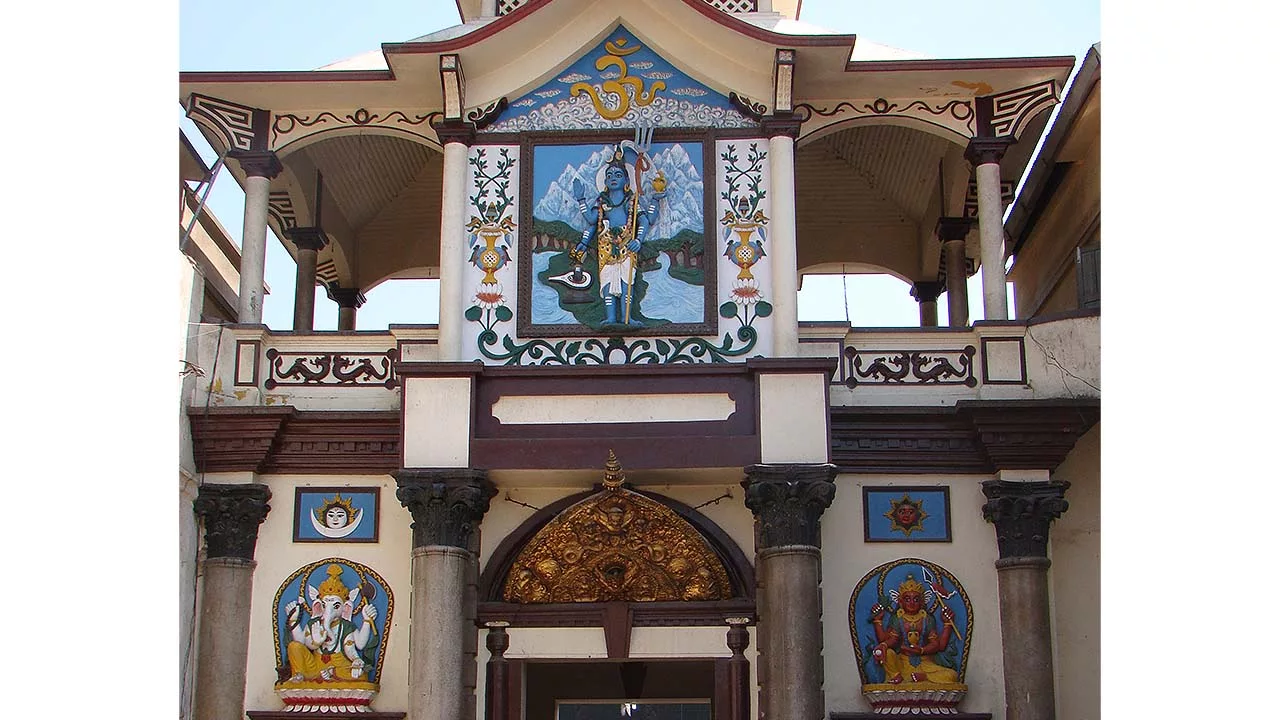
- Among them, Shiva, the divine ascetic, stands tall as the Lord of the Himalayas, his presence echoing through the valleys and peaks.
- Parvati, his consort and the embodiment of feminine power graces these rugged landscapes with her serene presence.
- While Ganesha, the beloved elephant-headed god, offers protection to travelers and pilgrims alike.
The legends of these celestial beings are woven into the fabric of Himalayan culture, their stories passed down through generations like precious heirlooms.
- Tales of Shiva’s cosmic dance, the Tandava, reverberate through the mountains, symbolizing the eternal cycle of creation and destruction.
- Parvati, too, is revered as the nurturing mother goddess, her gentle touch bringing life to the barren slopes.
- But it is not only the major deities who hold sway over the peaks; lesser-known gods and goddesses also find their place in the pantheon of Himalayan mythology.
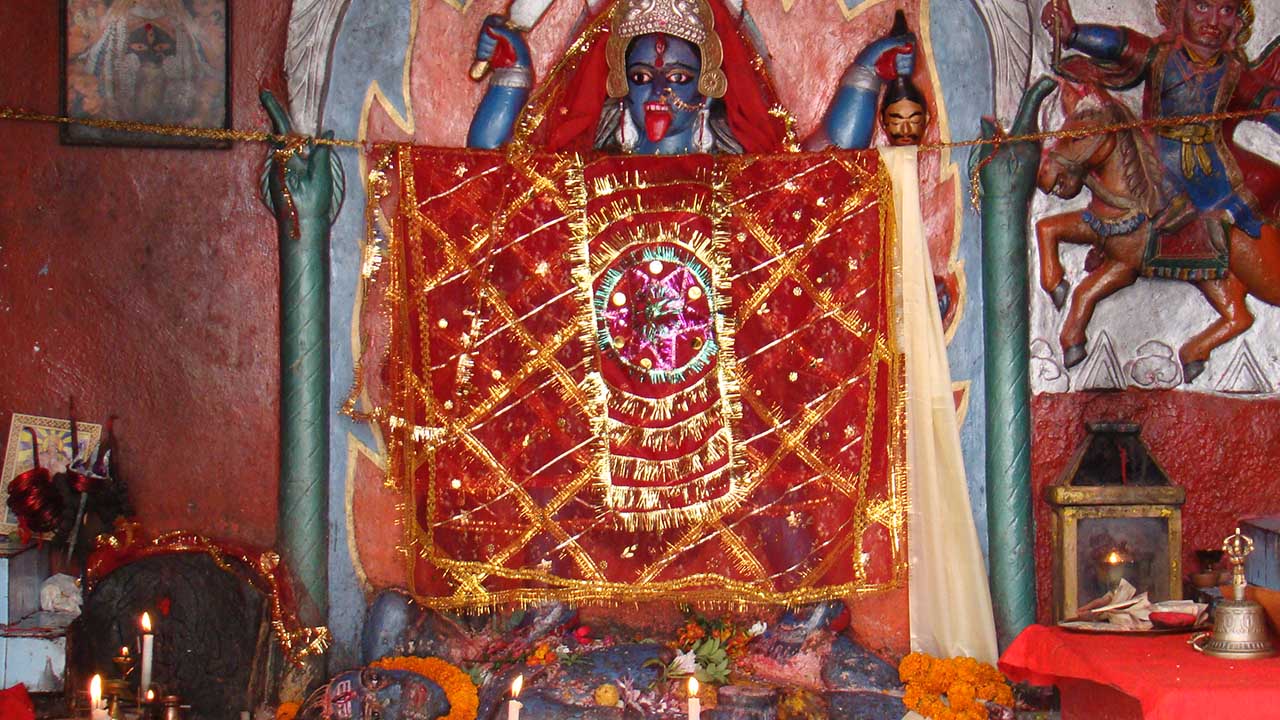
From the fierce warrior goddess Durga, who vanquishes demons with her divine weapons, to the benevolent Saraswati, the embodiment of knowledge and wisdom, each deity leaves their mark upon the landscape.
The creation of the Himalayas themselves is steeped in legend, with various myths recounting the origins of these majestic mountains.
- Some tales speak of a cosmic battle between gods and demons, the earth itself convulsing as mighty forces clash.
- Others tell of divine architects sculpting the peaks with celestial chisels, shaping the landscape with divine precision.
Regardless of the mythological interpretation, the significance of these stories extends far beyond mere folklore. For the people of the Himalayas, these legends are a testament to the sacredness of the mountains, a reminder of their divine origins and enduring power.
As travelers journey through these ancient lands, they cannot help but feel the presence of the gods and goddesses who dwell among the peaks, their spirits infused into every rock and every whisper of the wind.
Mythology behind Legendary Peaks
In the tapestry of the Indian Himalayas, certain peaks and sacred sites emerge as shimmering jewels, each one imbued with its unique mythology and folklore. These hallowed grounds beckon travelers and pilgrims alike, promising encounters with the divine and glimpses into the mystical realm.
Mount Kailash
Among the most revered peaks are:
- Kailash Peak, the mythical abode of Lord Shiva, whose towering summit pierces the heavens like a cosmic beacon.
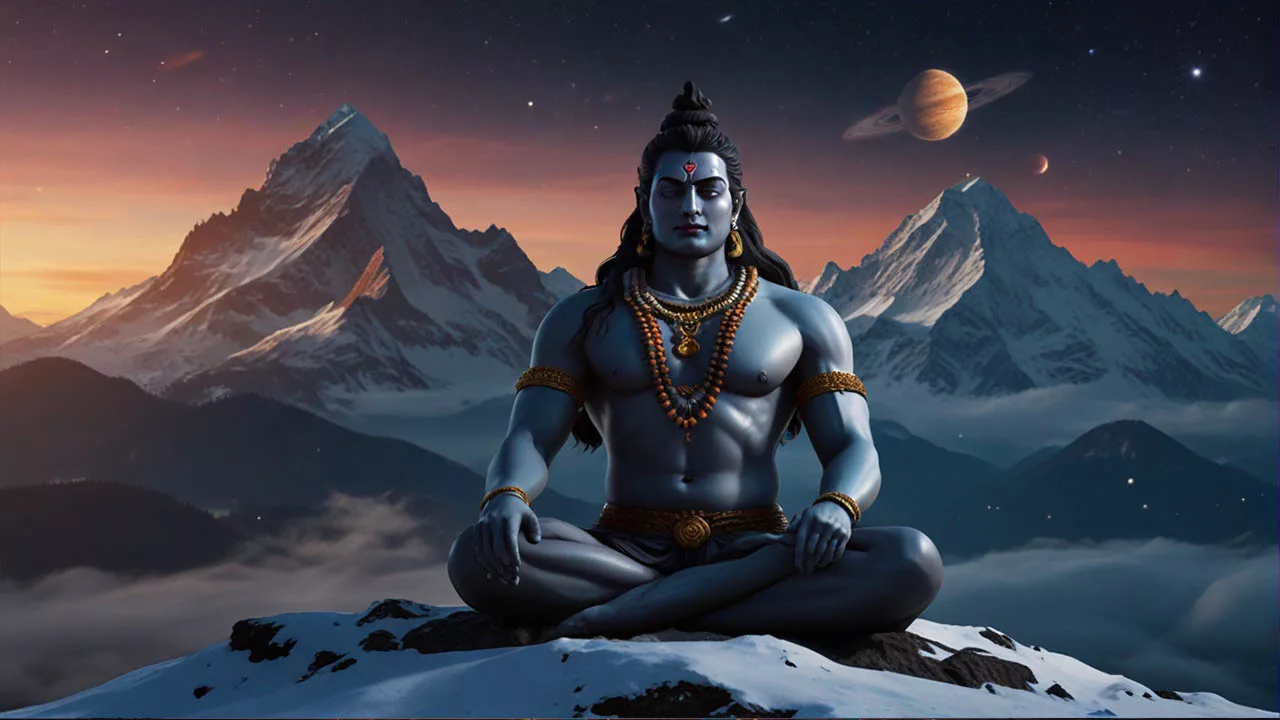
Located in the remote reaches of Tibet, Mount Kailash is revered by:
- Hindus,
- Buddhists,
- Jains, and
- Bonpos are alike as the axis mundi, the center of the world, and a place of divine transcendence.
Pilgrims from far and wide undertake the arduous journey to circumambulate this sacred mountain, believing that each step brings them closer to spiritual enlightenment.
Legends abound of sages and saints who have meditated upon its slopes, their souls ascending to the realm of the gods.
Meru Peak
Not far from Kailash lies the legendary peak of:
- Meru Peak is believed by some to be the center of the universe and the dwelling place of the gods.
According to Hindu cosmology, it is here that Mount Meru rises, its summit crowned by the celestial city of:
- Brahma, the Generator
- Vishnu, the Operator and
- Shiva, the Destroyer.
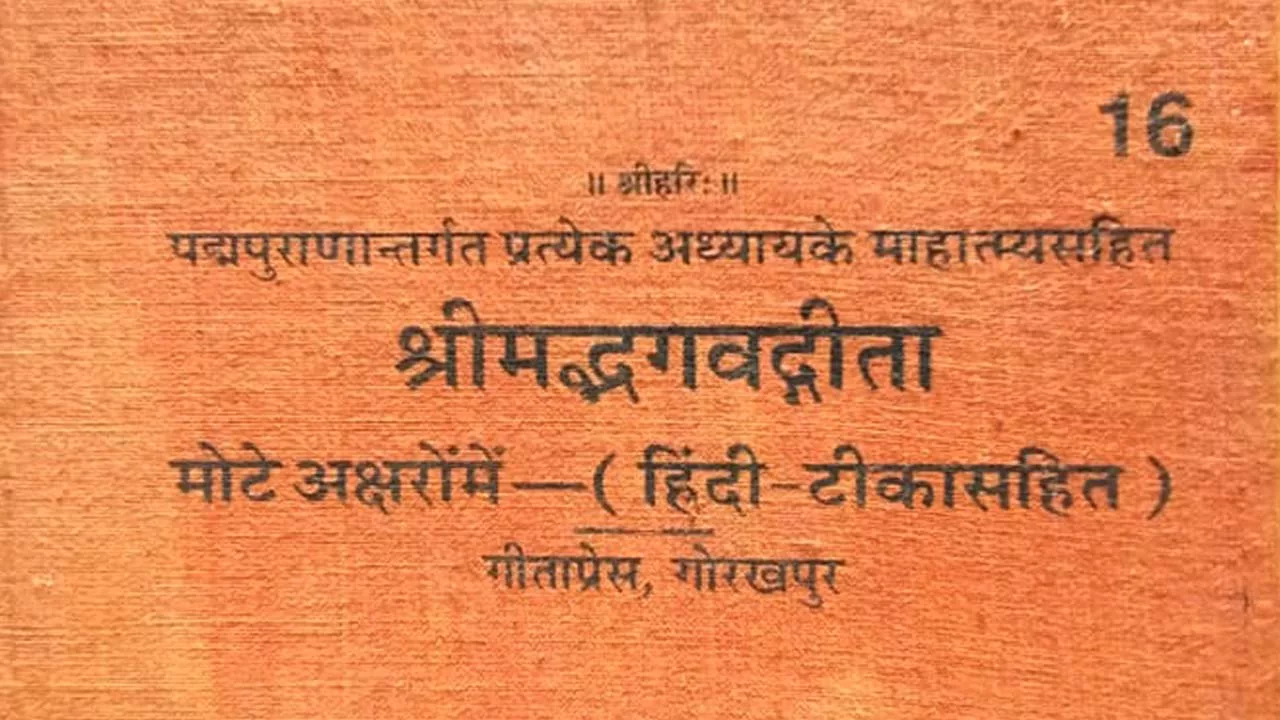
Described in ancient texts of Puranas and Bhagavad Geeta, Mount Meru is the dwelling place of gods and the source of divine energy that sustains the cosmos.
Mount Meru is mentioned by Shree Krishna in the Bhagavad Gita, Chapter 10, Verse 23.
रुद्राणां शङ्करश्चास्मि वित्तेशो यक्षरक्षसाम् | वसूनां पावकश्चास्मि मेरु: शिखरिणामहम् || 23 ||
The translation of the verse is as follows:
- रुद्राणां (Rudrāṇāṁ) – Among the Rudras (another name for Lord Shiva)
- शङ्करश्चास्मि (Śaṅkaraschāsmi) – I am Shankara (another name for Lord Shiva)
- वित्तेशो (Vitteśo) – Among the lords of wealth (or among the Yakshas and Rakshasas)
- यक्षरक्षसाम् (Yakṣarakṣasām) – I am Kubera (the lord of wealth) and among the Yakshas and Rakshasas
- वसूनां (Vasūnāṁ) – Among the Vasus (attendant deities)
- पावकश्चास्मि (Pāvakaschāsmi) – I am Fire (Agni)
- मेरु: (Meruḥ) – I am Mount Meru
- शिखरिणामहम् (Śikharīṇāmaham) – Among the peaks, I am the summit.
Translation: “Among the Rudras, I am Shankara (Shiva); among the lords of wealth, I am Kubera, and among the Vasus, I am Fire (Agni). I am also Mount Meru among the peaks.”
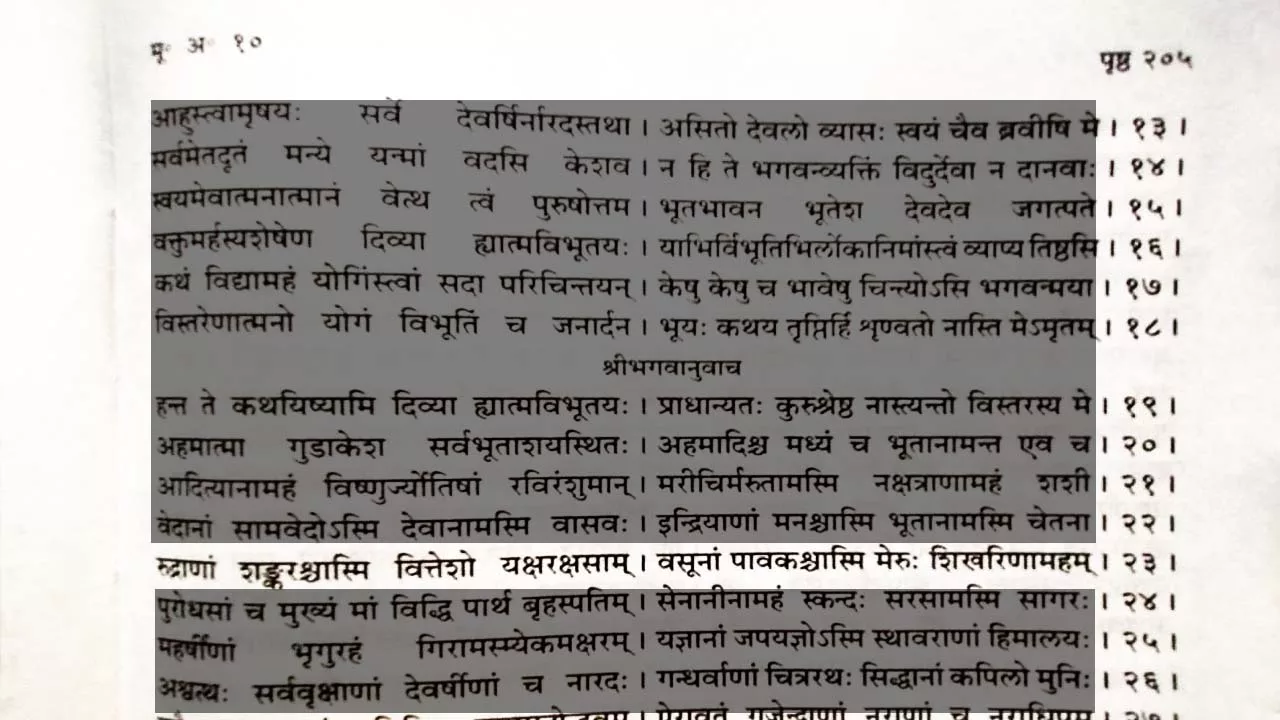
Although physically inaccessible to mortals, the mere mention of Meru evokes a sense of awe and reverence among those who gaze upon its majestic form.
But it is not only the towering peaks that hold sway over the hearts and minds of the faithful; sacred sites and temples dot the landscape, each one a testament to the enduring power of devotion.
For those who believe, these stories serve as a reminder of the profound connection between the earthly and the divine, a bond that transcends time and space.
Some More Peaks:
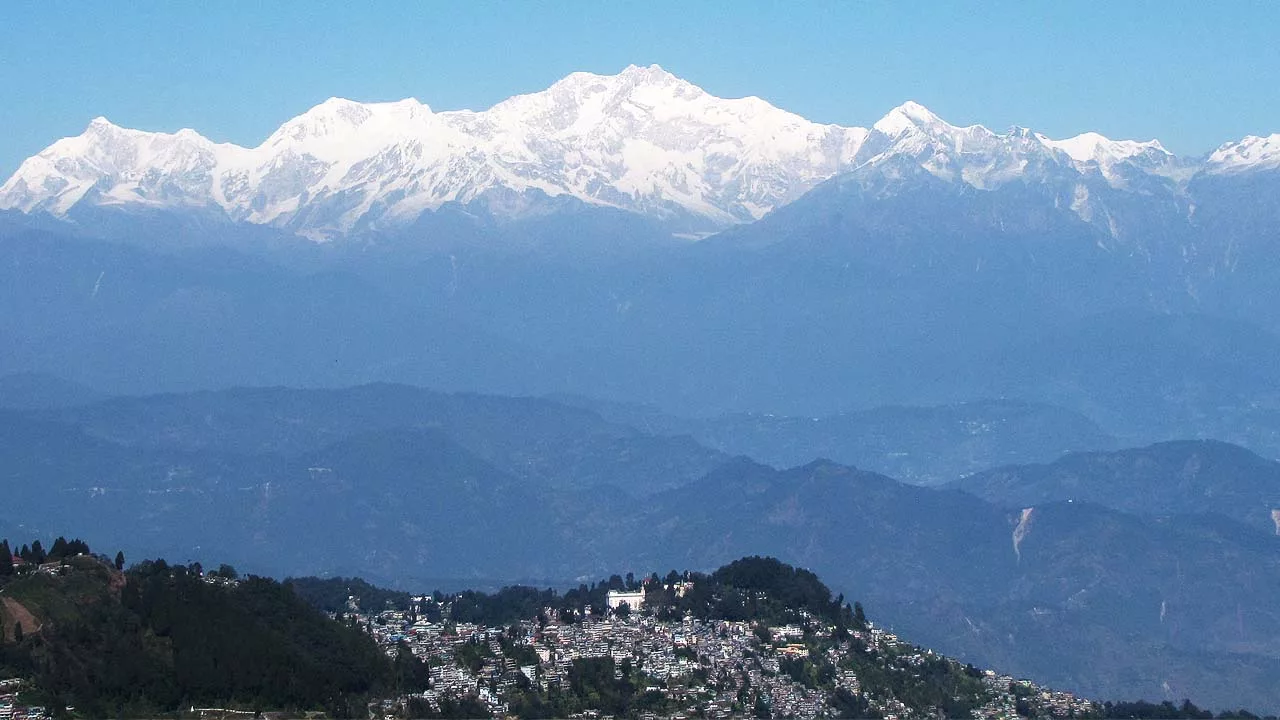
- Mount Kanchenjunga: Kangchenjunga, AKA Sewalungma in Limbu, is the world’s third-highest mountain, symbolized by the Tibetan term “Five Treasures of the Snow.”
- Mount Annapurna: Annapurna, a Hindu goddess of food and nourishment, is a renowned mountain in Nepal, known for its abundance and fullness of food.
- Mount Manaslu: Manaslu, a mountain in Hindu and Buddhist cultures, is derived from the Sanskrit word “manasa,” meaning intellect or soul.
For in this enchanted realm, where gods and mortals mingle freely, every mountain, every shrine, becomes a doorway to the divine.
Guardian Spirits and Mythological Beings
As the mist curls around the craggy peaks of the Himalayas, whispers abound of elusive beings that dwell within the shadows of the mountains. These guardian spirits and mythological supernatural beings, shrouded in mystery and legend, are said to roam the rugged landscape, their presence both awe-inspiring and enigmatic.
Central to Himalayan folklore are the tales of guardian spirits and mythical creatures that inhabit the peaks and valleys.
Yeti

Yeti stands as an icon of the region, a tall figure of fur and muscle said to roam the highest reaches of the Himalayas.
Known by many names—Yeti, Meh-Teh, or the Abominable Snowman—this enigmatic creature has captured the imaginations of explorers and adventurers for centuries, inspiring countless expeditions in search of proof of its existence.
- “Migoi” in local folklore, the yeti is often described as a tall figure with shaggy fur and immense strength.
But it is not only the yeti that captures the imagination of those who tread upon these sacred slopes; guardian spirits and nature deities also play a prominent role in Himalayan mythology.
Yakshas & Rakshasas
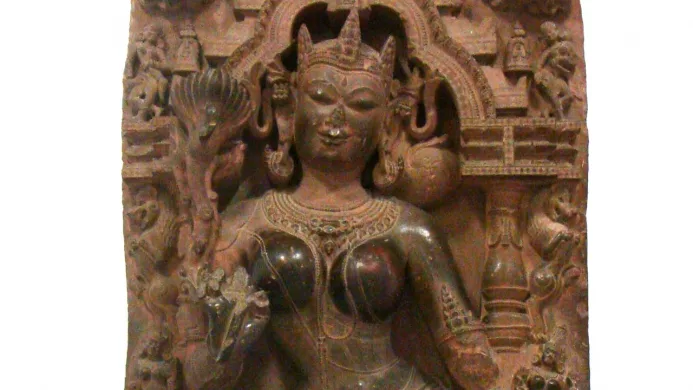
From the benevolent yakshas, protectors of the forests and guardians of hidden treasure, to the mischievous rakshasas, shape-shifting demons that lurk in the shadows, these supernatural beings embody the dual nature of the wilderness—both beautiful and untamed.
Legends abound of encounters with these mystical beings, each one weaving a tale of wonder and danger. Travelers speak of strange lights dancing upon the mountaintops, of eerie cries echoing through the valleys in the dead of night.
Yet, for those who show respect and reverence for the natural world, these guardian spirits are said to offer protection and guidance. Their presence serving as a reminder of the interconnectedness of all living things.
Amidst the myriad beliefs and superstitions that permeate Himalayan culture, there are whispers of certain places deemed unlucky or haunted. Where travelers are warned to tread lightly lest they incur the wrath of unseen forces.
Beas Kund Local Lore

One such place is Beas Kund Lake, a serene alpine lake nestled amidst the towering peaks of the Himalayas. Local lore dictates that women should avoid venturing near its shores, for to do so is to court disaster and invite terrible weather.
Despite these warnings, as a mountain guide, I have ventured to Beas Kund Lake numerous times, disregarding the superstitions of the locals. On a couple of occasions, while hiking with female clients, the skies opened up and rain poured down, shrouding the landscape in a veil of mist and mystery.
Yet, I maintain that such occurrences should not be taken as omens of ill fortune, for the weather can be fickle in the mountains, and a little rain should never dampen the spirit of adventure.
In the end, whether one believes in the existence of guardian spirits and supernatural beings or dismisses them as mere superstition, there is no denying the enduring allure of the Himalayan landscape and the stories that inhabit its peaks and valleys.
For in this enchanted realm, where the boundaries between the mundane and the supernatural blur, every shadow, every rustle of the wind, holds the promise of discovery and adventure.
Folk Traditions and Rituals
Amidst the rugged terrain and snow-capped peaks of the Himalayas, ancient traditions and rituals form the heartbeat of mountain communities, weaving together the fabric of culture and spirituality.
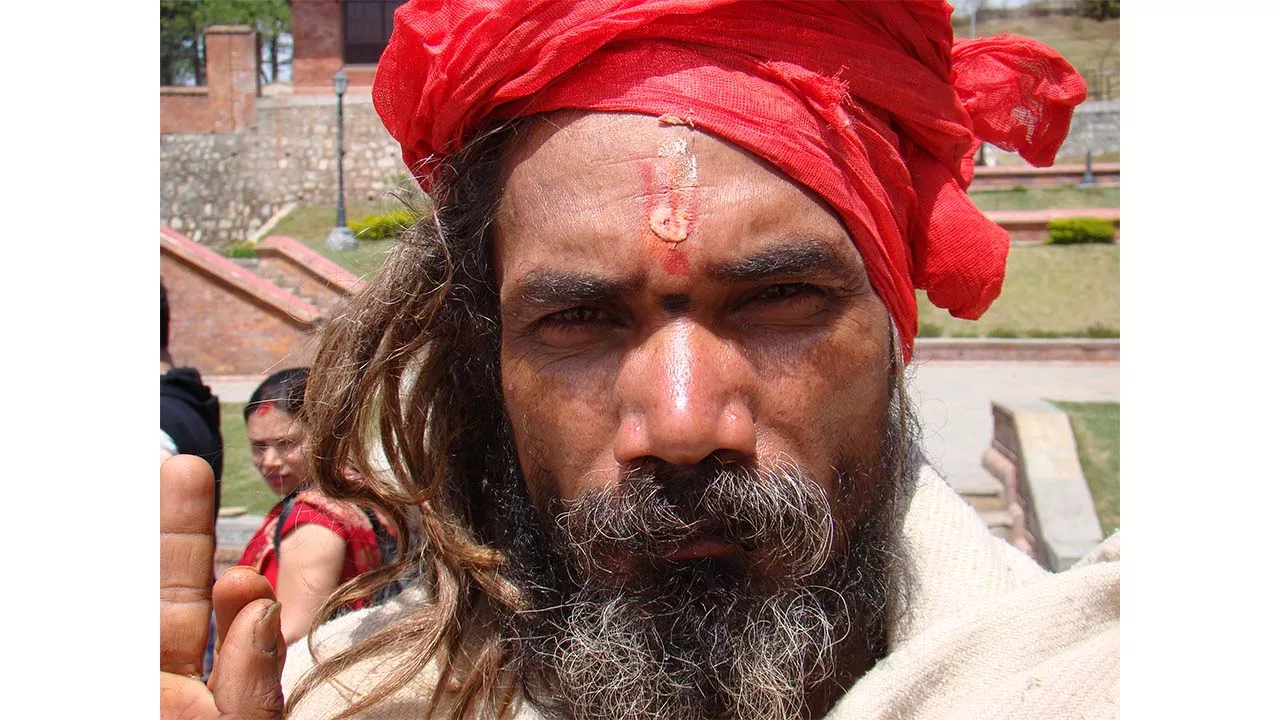
From solemn pilgrimages to vibrant festivals, these time-honored practices pay homage to the majestic mountains and their divine inhabitants, fostering a deep connection between humans and the natural world.
At the heart of Himalayan culture are the sacred Yatras, or pilgrimages, undertaken by devout believers seeking blessings and spiritual enlightenment.
These journeys often lead to remote shrines and temples nestled amidst the mountains, where pilgrims perform rituals and offer prayers to the gods and goddesses who dwell within.
Whether circumambulating the holy Mount Kailash or trekking to the revered temple of Amarnath, each yatra is a testament to the enduring faith of the mountain communities.
Practice of Puja or Worship
Central to these rituals is the practice of puja, or worship, wherein offerings of:
- flowers
- incense
- food made to the deities in exchange for their blessings and protection.
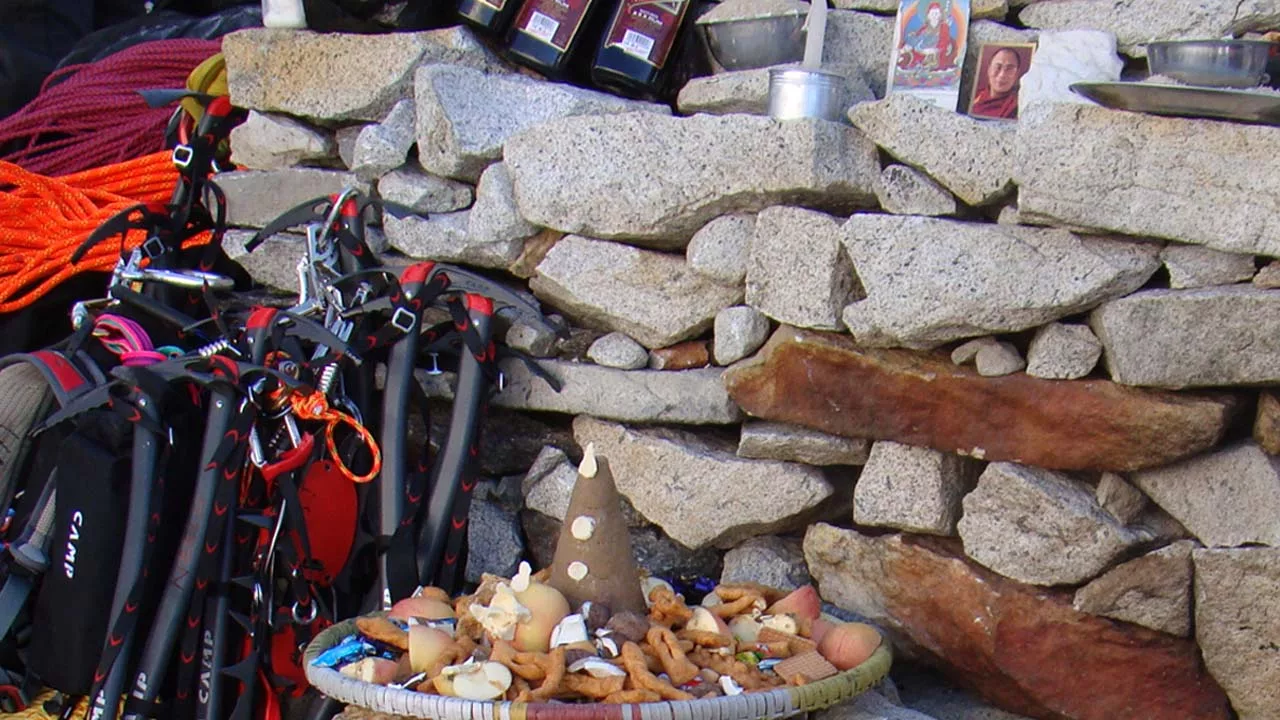
From elaborate ceremonies performed by temple priests to simple offerings made by humble villagers, puja is an integral part of daily life in the Himalayas, a gesture of gratitude to the divine forces that sustain and nourish the land.
Throughout the year, the mountain communities come together to celebrate a myriad of festivals and cultural events, each one tied to the seasons and natural phenomena.
Losar – Tibetan New Year
From the joyous festivities of Losar, the Tibetan New Year, to the colorful processions of Hemis Tsechu, these celebrations are a reflection of the deep-rooted connection between humans and the rhythms of nature.

Whether honoring the harvest with song and dance or seeking protection from the wrath of monsoon rains, these rituals serve to unite communities and foster a sense of belonging amidst the vast expanse of the mountains.
The rituals performed in honor of the elements themselves—
- earth
- air
- fire
- water
Whose power shapes the landscape and sustains life in the Himalayas. Whether kindling fires to ward off evil spirits or offering prayers for abundant rains and fertile soil, these ancient traditions serve as a reminder of the delicate balance between humans and the natural world.
The significance of these folk traditions and rituals extends beyond mere observance; they are integral to:
- the identity and
- the collective consciousness of mountain communities.
To shape their worldview and foster a deep sense of connection to the land and its divine inhabitants.
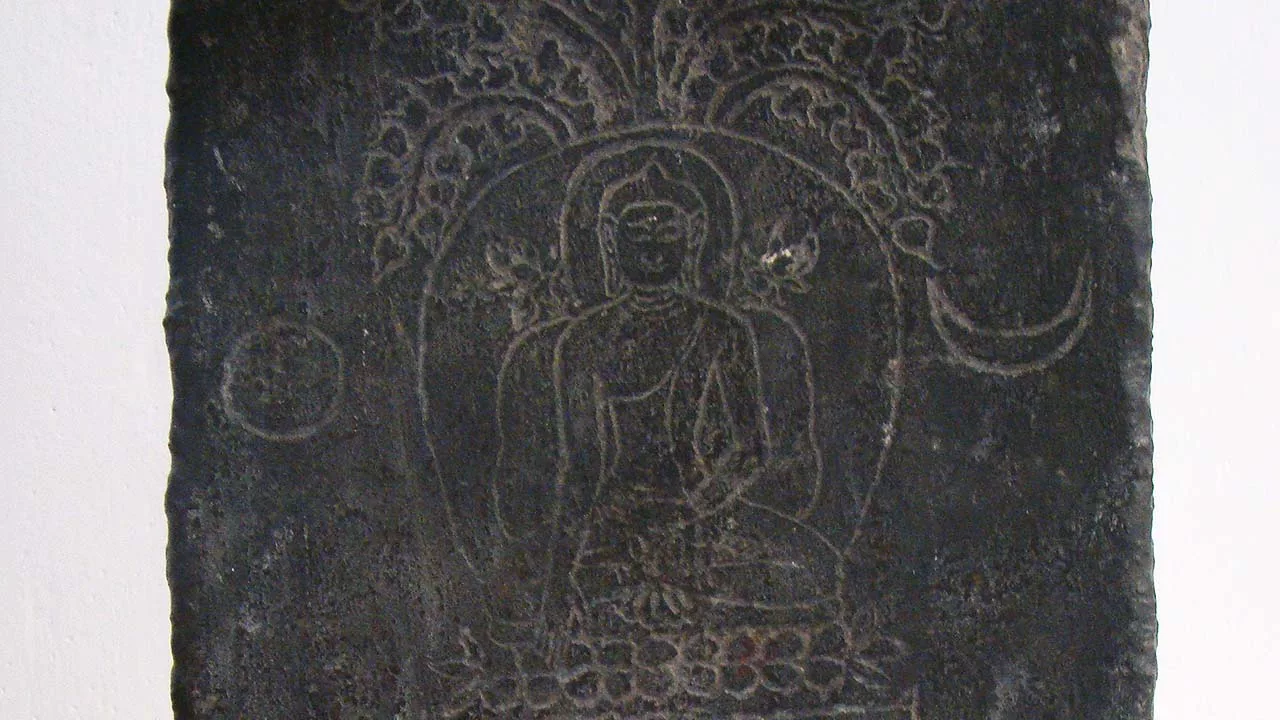
Inspirations in Art and Literature of Mythology
The ethereal beauty and mystical allure of the Himalayas have long captivated the imaginations of artists and writers, inspiring a rich tapestry of art, literature, and cultural expressions that pay homage to the sacred peaks and ancient legends.
In the realm of visual arts, painters and sculptors have sought to capture the awe-inspiring grandeur of the Himalayas, often depicting scenes from mythology and folklore in their works.
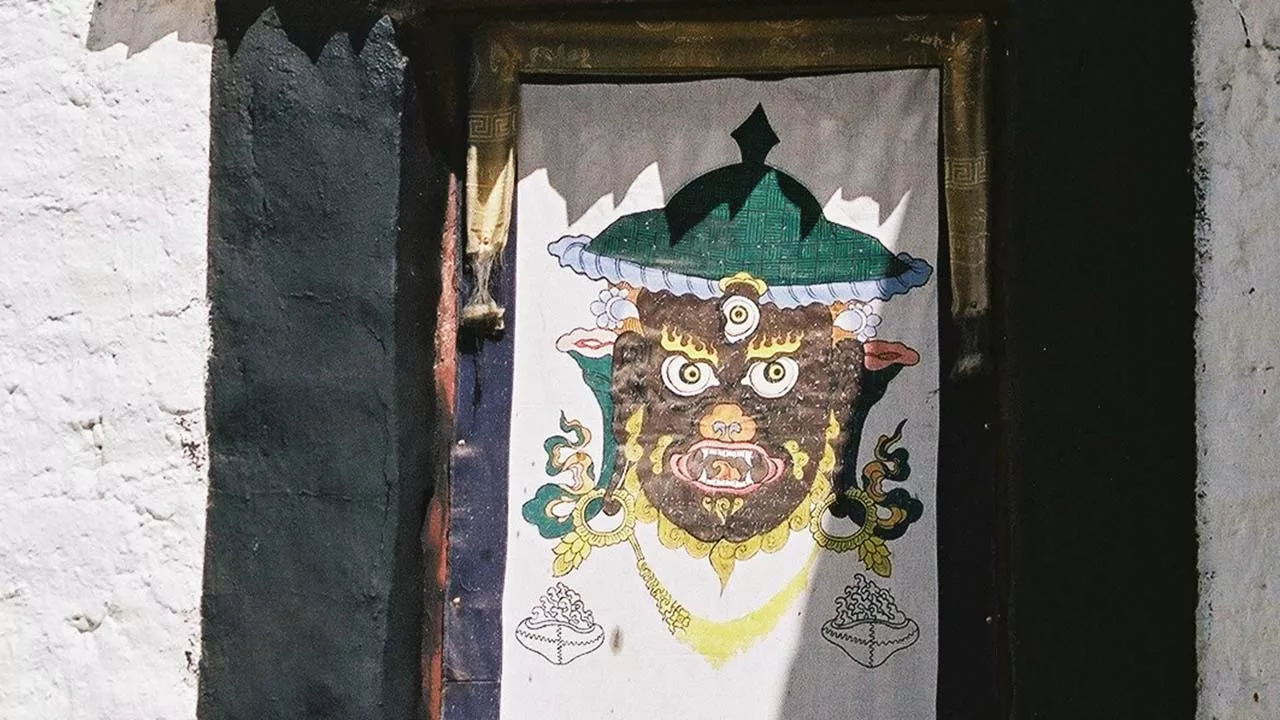
From the exquisite thangka paintings of Tibet, which depict scenes from Buddhist scripture and mythology, to the intricate wood carvings adorning temple facades, these artistic creations serve as visual tributes to the divine splendor of the mountains.
- You can discover more about the exploration and hunt for Shambhala undertaken by Nicholas Roerich in this article: Roerich’s Himalayan Adventures: The Untold Saga
Writers and poets have drawn inspiration from the timeless stories passed down through generations, deeply influencing literature with the myths and legends of the Himalayas.
- Amitav Ghosh and Ruskin Bond are two contemporary writers who incorporate Himalayan folklore into their works.
- Works such as “The Snow Leopard” by Peter Matthiessen and “The Hundred Thousand Kingdoms” by N.K. Jemisin offers modern interpretations of Himalayan folklore, weaving together elements of myth and magic with poignant storytelling.
The epic poems of the Mahabharata and Ramayana, which tell stories of gods and heroes navigating the perilous mountain slopes, are among the works that exemplify the region’s literary culture.
But perhaps most striking are the myriad cultural expressions that find their roots in Himalayan mythology and folklore.
Cultural traditions are living representations of the rich tapestry of beliefs and legends that have shaped Himalayan society for centuries.
These range from elaborate rituals and ceremonies that honor the gods and goddesses who dwell within the mountains to traditional music and dance performances that celebrate the triumph of good over evil.
Examples abound of artistic and literary works inspired by the Himalayas, each one a testament to the enduring power of myth and legend in shaping human creativity.
The everlasting beauty and profound significance of these sacred peaks are reminded of by the influence of Himalayan mythology and tradition, whether through magnificent landscape paintings, moving poems, or captivating dance performances.
For in this enchanted realm, where art and myth converge, every masterpiece becomes a doorway to the divine, inviting us to glimpse the mysteries that lie hidden within the heart of the Himalayas.
Conclusion:
As we come to the end of our mythology journey into the mystical realm of Himalayan mythology and folklore, we find ourselves mesmerized by the captivating tales and timeless themes that permeate the landscape of the Himalayas. From the ancient legends of gods and goddesses to the whispered rumors of elusive yetis and guardian spirits, the mountains are alive with stories that echo through the valleys and peaks, shaping the cultural identity of the region in profound ways.
Through our exploration, we have glimpsed the enduring impact of Himalayan mythology and folklore on the hearts and minds of those who call these sacred slopes home. From the rituals and traditions observed by mountain communities to the vibrant art and literature inspired by the mystical allure of the mountains, the stories of the Himalayas continue to weave their magic, connecting past and present in a timeless dance of myth and legend.
As we bid farewell to this enchanting world of mountain magic, let us not forget that the journey does not end here. So, I encourage you, dear reader, to delve deeper into this wondrous realm, to seek out the hidden stories woven into the fabric of the Indian Himalayas, and to let the spirit of adventure guide you on your journey into the heart of mountain magic.
References:
- The Himalayas: An Encyclopedia of Geography, History, and Culture: by Andrew J. Hund
- Tabo Monastery and Buddhism in the Trans Himalayas: by O. C. Handa
- The Hundred Thousand Kingdoms: Novel by N. K. Jemisin
- The Snow Leopard: by Peter Matthiessen
- The Journey Home: Autobiography of an American Swami by by Radhanath Swami
- Gods and Demons of the Himalayas: by Erberto F. Lo Bue